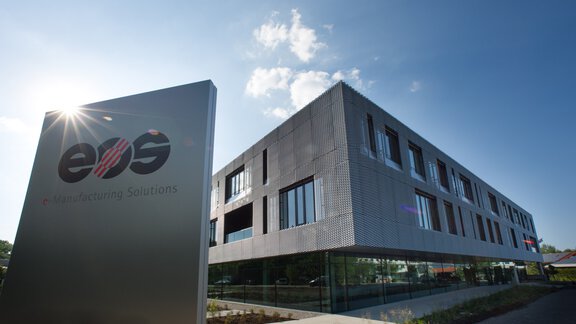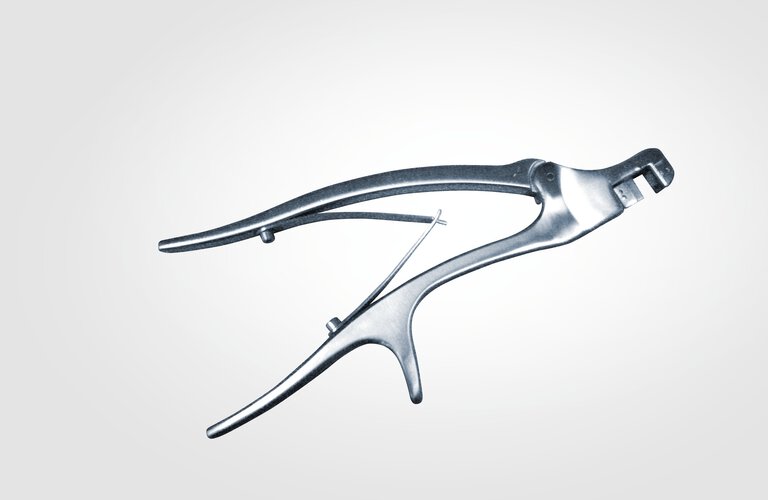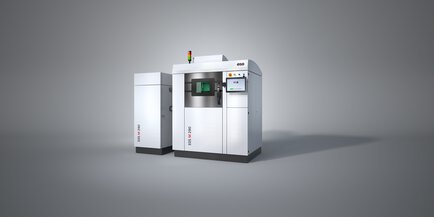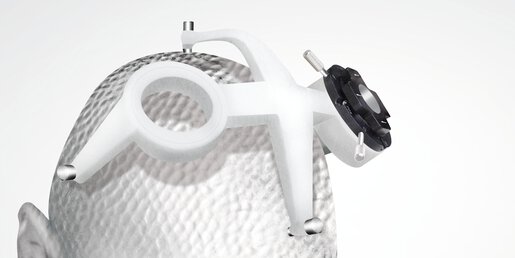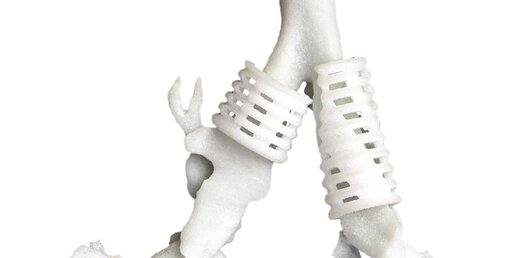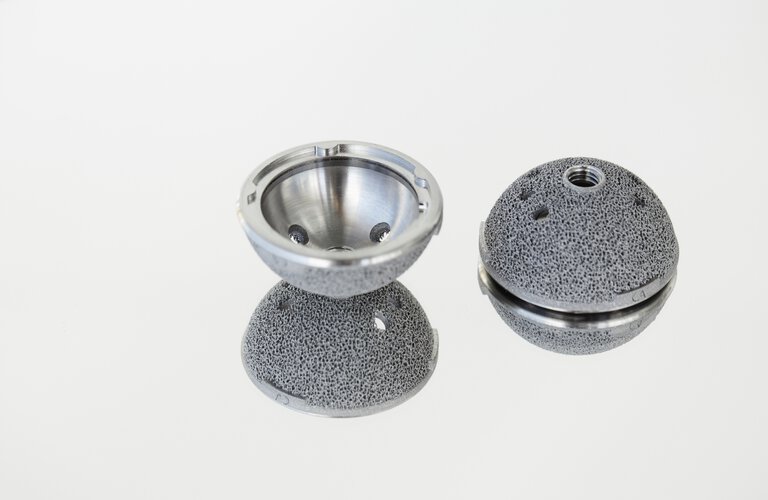Rapid Prototyping for Medical Applications Benefits with 3D Printing
Delivery times for
surgical tool prototypes
have shrunk
designing for
functionality not for manufacturability
In-house production safes time and money
What has cut development time so dramatically lately is the capability of the EOSINT M 270 to build multiple iterations of a tool prototype in a matter of days.
Metal 3D Printing for Medical Instruments Revolution in the Process of Designing Tools
Getting the right instruments to a surgeon who needs them — and coming up with new or customized models as techniques advance and materials evolve – can be an arduous process.
The DMLS process begins with a CAD file of the product design, which defines each thin layer of a horizontal cross-sectioned model that is generated onto the work platform inside the machine. In this manner extremely complex geometries are created automatically directly from CAD data in just a few hours. Once the consulting doctors are completely satisfied with an instrument design, DePuy Spine quickly makes a final metal prototype with the metal 3D printer EOSINT M 270 and sets up a cadaver section so the surgeons can put the item through its paces. Cadaver testing of metal prototypes is the last stage in product development before DePuy Spine sends the 3D model file for the approved piece to an outside vendor for manufacturing.
Using a single DMLS 3D printer from EOS in their own shop, DePuy Spine processed 2,000 prototype parts — benders, extractors, surgical screws, clamps, reduction devices and others — in the first year of use alone. Due to their success in product development with DMLS technology the company DePuy Spine has purchased another machine of the type EOSINT M 270
Thanks to EOS technology we’re not designing for manufacturability any more, we’re designing for functionality. As designers, we were constantly thinking about how we were going to make something within process limits. With this machine, it really doesn’t matter.
